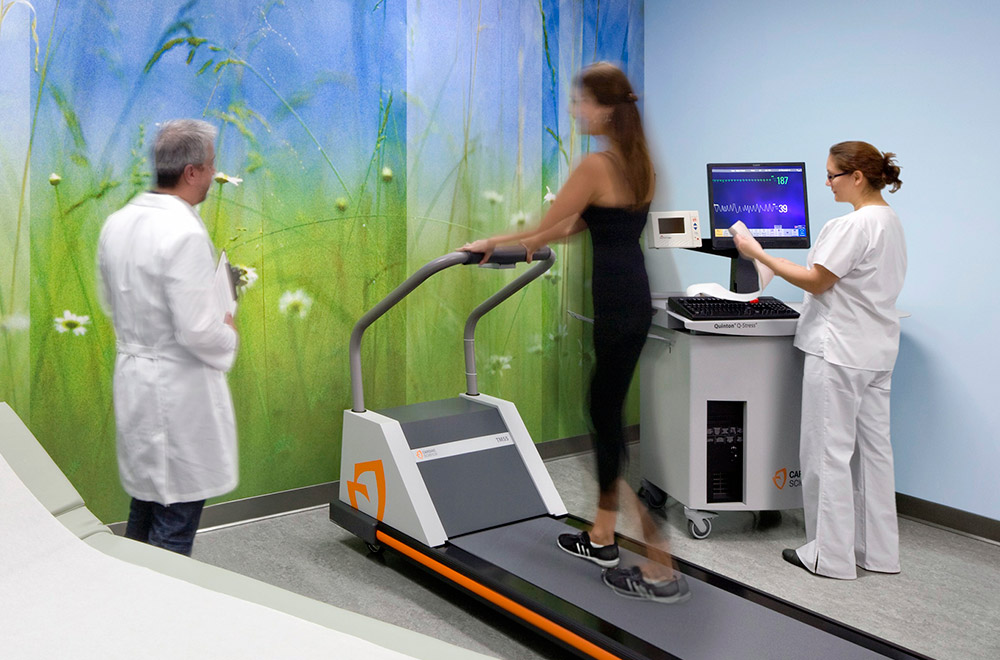They did it—and so can you. Patient-centered design doesn’t have to cost millions to implement, as explained by Rebecca Hathaway and Kimberly Nelson Montague in their recent white paper “Design and the Bottom Line: Practical Patient-Centered Approaches to the Physical Environment.” Learn how healthcare leaders at Mid-Columbia Medical Center, Sharp Coronado Hospital, and Loma Linda University Medical Center made incremental changes in their facilities, and see if their successes inspire you to take action.
While a hospital may be a single building of millions of square feet, a collection of smaller buildings, or a multi-campus conglomerate, the selective renewal or replacement of facilities that must occur anyway can be accomplished with a patient-oriented approach without undue cost. At Mid-Columbia Medical Center in The Dalles, Ore., add-ons and remodels happen every few years. According to Joyce Powell-Morin, MN, RN, and Mid-Columbia’s Chief Cultural Officer, “Each time we upgrade, we take what we’ve learned about color, texture, art, rounded walls, and connections with nature and apply it, because we have seen the impact it has.” Visitors to the hospital, Powell-Morin says, often walk in and say, “This does not feel like a hospital at all.”
Based on her experience with Mid-Columbia’s ongoing evolution in terms of both design and service offering, Joyce Powell-Morin offers this concise observation: “At some point, you are going to have to renovate or expand, and you are going to have to have some kind of flooring and wall color and artwork at a minimum. Why not make [those choices] ones that improve the experience that the patients and their families have?”
Marcia Hall, CEO of California’s Sharp Coronado Hospital, can attest to the power of Mid-Columbia’s design—it stands out as one of the beacons that guided the incremental redesign of her own facility. “In 2002, we didn’t have the money to change much physically,” Hall says. “We started with changes to the staff’s attitude about showing up at work and delivering care, and the increase in volume we saw from that allowed us to begin altering the environment.”
Drawing on what she had learned in her tours of other hospitals, and working with a series of designers, Hall oversaw improvements that started with the hospital’s “front doors”: the areas where first impressions were made. Over the years, further incremental improvements at Sharp Coronado have included upgrades to wayfinding, nutrition, visitation, and sensory experience, with elimination of most overhead paging, the use of more natural-smelling cleaning products, durable faux bamboo flooring, and the installation cherry ceiling panels and nautilus motifs at directional junctures.
Jillian Payne, Director of Community Development and Outreach for the East Campus at Loma Linda University Medical Center, has been with the hospital since 2003 and has observed its evolution. In her experience at Loma Linda, Payne can vouch for the efficacy of an incremental approach to design alterations. “Creating the opportunities for safety and comfort doesn’t mean bulldozing the building and starting again,” she says. “It’s more about talking to patients and staff to determine the base-level needs and then adjusting what you can, when you can.”
